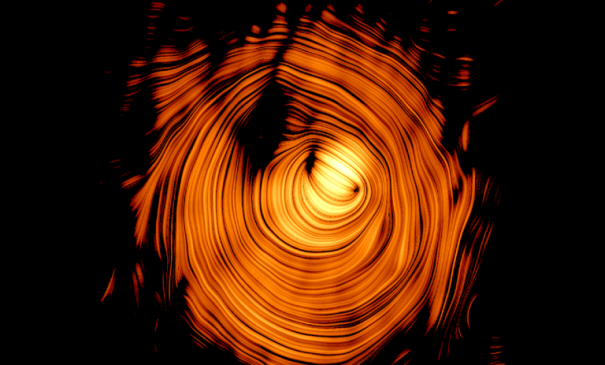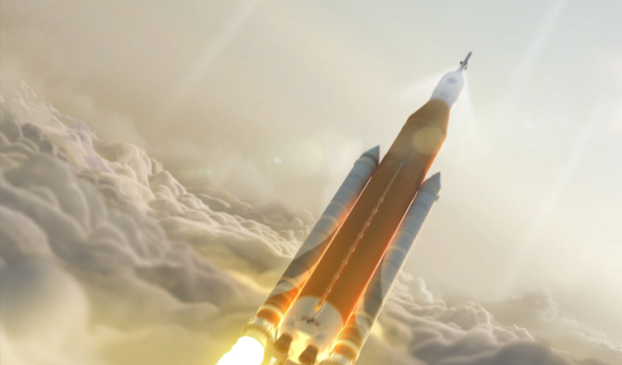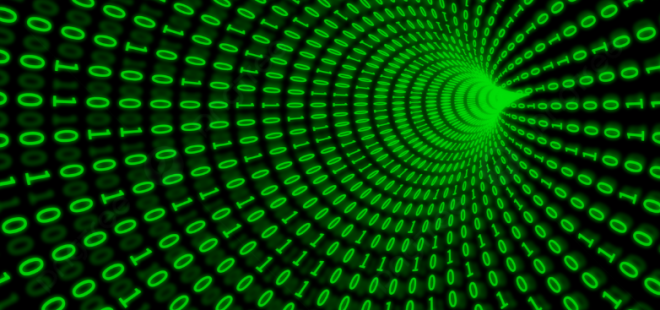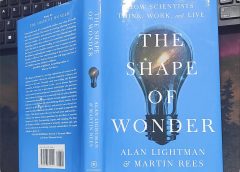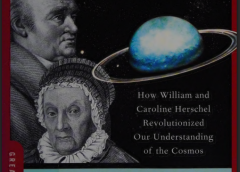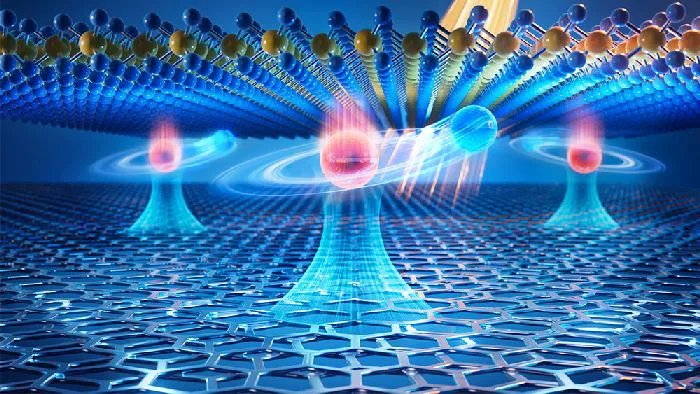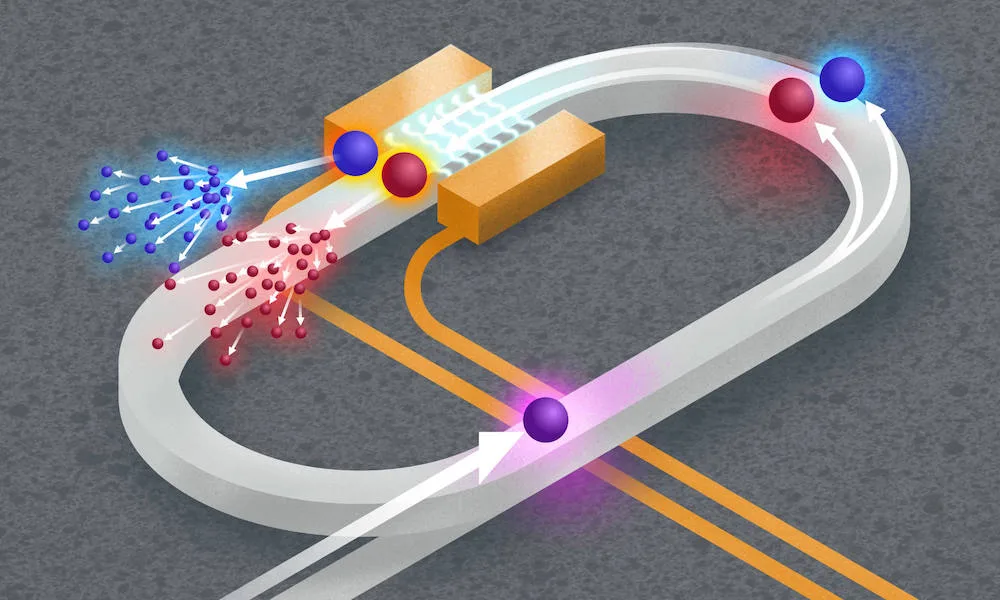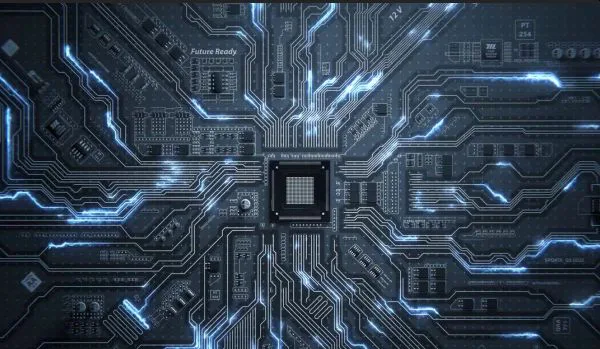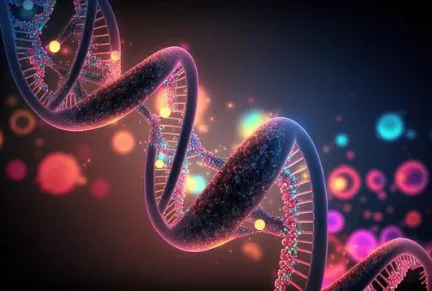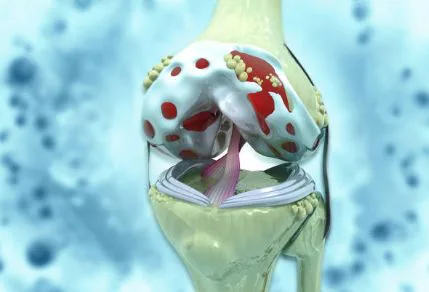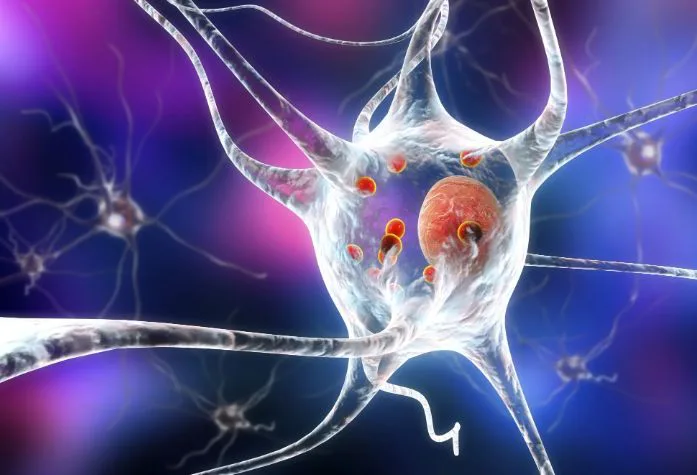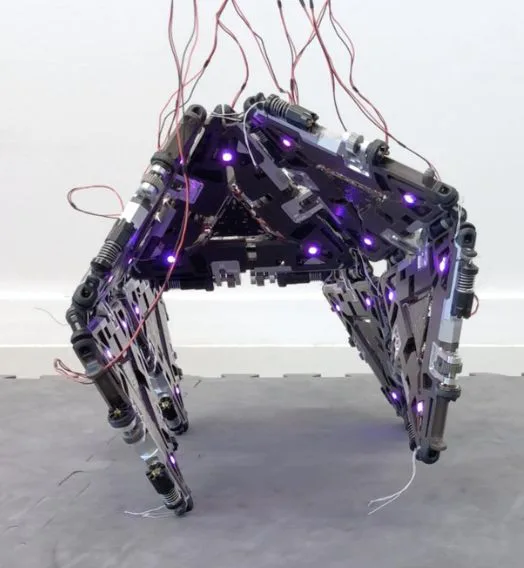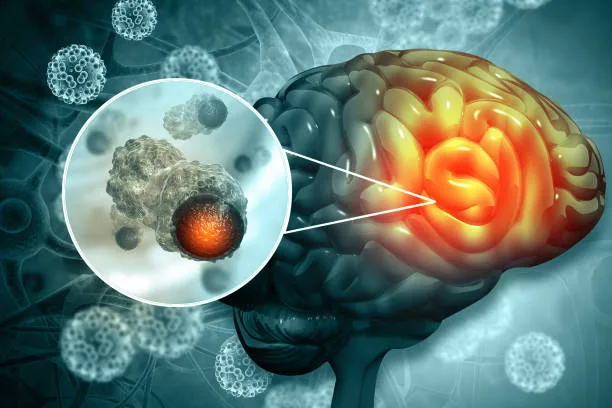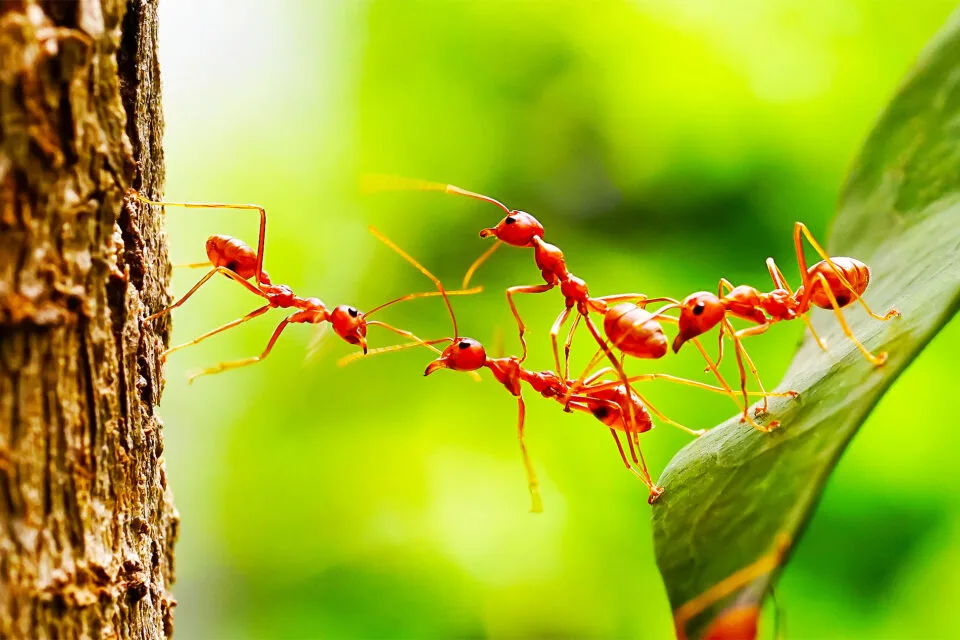In the intricate weave of the quantum realm, there exists a remarkable phenomenon known as Rydberg states. They are like the supercharged versions of atoms and molecules. These electrifying states of particles push the boundaries of our regular understanding of the quantum world.
Read MoreBook Review: Timequake by Kurt Vonnegut
“Timequake” by Kurt Vonnegut is a mind-bending book that was first published in 1997. The book explores the concept of “free will” and what it means to be human under the influence of relentless march of time. Vonnegut expounded dark humor and deep insights in the manner of “automatic writing”. Although, the book’s writing is done within the theme of “timequake”. A thought experiment, that is, everyone has to relive the same ten years of their lives over again because there happens to be a glitch in the universe.
Read MoreComputational Lithography empowering Microchip Advancements: Revolutionizing Chip Design
Semiconductor industry is soaked with one of the most ever-advancing technologies. The demand for smaller, faster, and more efficient microchips keeps the world of semiconductors on its toes. Computational lithography has totally revolutionized the field by meeting the desired level of precision and complexity in chip design.
Read MoreChip-scale Optical Quantum Simulation System: Quantum Computing Milestone
A team of researchers have successfully simulated complex natural phenomena at the quantum level. Scientists at the University of Rochester’s Hajim School of Engineering & Applied Sciences have developed a chip-scale optical quantum simulation system. Conventionally, photonics-based computing involves controlling the paths of photons. This time, the team led by Qiang Lin has taken a different approach. According to which, they have simulated the phenomena in a synthetic space. And they have manipulated the frequency, or color, of quantum entangled photons as time progresses.
Read MoreLithography-Free Photonic Chip: Redefining AI Architecture
When it comes to data-heavy applications and sustainable computing, photonic chips have emerged as a promising technology. The use of photonic circuits, powered by laser light, offers an edge over traditional electronic circuits. Some of its remarkable advantages over electronic circuits are: Speed of light: Photonic chips make use of light to transmit and process information, which of course happens at the “speed of light”. Thus, leveraging the feature of light makes them move faster than electrons in electronic circuits.
Read MoreRNA-Guided Endonucleases in Eukaryotes: Genetic Tools found in Nature
An international team of researchers has identified a programmable RNA-guided system in eukaryotes. Eukaryotes encompass plants, animals, fungi, and protists. The newly discovered system is based on a protein called Fanzor. It uses RNA as a guide to precisely target DNA. The researchers demonstrated that Fanzor proteins can be reprogrammed to edit the genome of human cells. Compared to CRISPR/Cas systems, the Fanzor system is more compact and has the potential to be delivered more easily to cells and tissues as therapeutics.
Read MoreBiodegradable Gel shows promise for Cartilage Regeneration: Biomaterial Engineering
One of the biggest challenges that still haunts tissue engineering and regenerative medicine is, how to mimic the properties of articular cartilage in synthetic materials. Articular cartilage possesses a unique combination of stiffness and toughness. These features allow the connective tissues to withstand the mechanical stresses and strains experienced during joint movement.
Read MoreILT and SMO continue to push the Boundaries of Resolution: Semiconductor Manufacturing
Semiconductor manufacturing is experiencing rapid and dynamic growth. The exponential evolution is making it one of the most swiftly evolving industries globally. As technology is advancing, the electronic devices are progressively shrinking in size. Behind this constant innovation lies the incredible field of “computational lithography”. It is the heart of semiconductor industry. After all, it blends the power of computers, mathematics, and precision engineering. Only to create intricate microscale structures on silicon wafers.
Read MoreBook Review: Stoner by John Edward Williams
Stoner is an academic novel written by John Edward Williams. It was first published in 1965. The book happens to be his third novel, first two being – Nothing But the Night (1948) and Butcher’s Crossing (1960). The novel, Stoner, follows the life of William Stoner, a working-class student who becomes a professor of English literature at the University of Missouri. It explores his struggles both at personal as well as professional front as he navigates through his career and relationships.
Read MoreOmega-3 Slow ALS Progression: Fatty Acid has Neuroprotective Effects
Recent study led by Harvard T.H. Chan School of Public Health suggests that a diet high in alpha-linolenic acid (ALA) may have potential benefits for individuals with amyotrophic lateral sclerosis (ALS). ALS is a progressive neurodegenerative disease that affects nerve cells responsible for controlling muscle movement.
Read MoreBook Review: A Universe from Nothing by Lawrence M. Krauss
A Universe from Nothing: Why There Is Something Rather than Nothing is a voyage to the forefront of cosmology. The book is written by acclaimed physicist Lawrence M. Krauss and was published in 2012. Krauss has beautifully blended his observational prowess, theoretical ingenuity, and technological advancements while framing the concepts and notions in his book. The idea that the universe emerged from random quantum fluctuations is, indeed, fascinating.
Read MoreMori3 Transforms 2D Triangles into Limitless 3D Possibilities: Reconfigurable Robotics
Researchers at EPFL have tried to integrate two worlds to create a remarkable breakthrough. Combining digital polygon meshing with biological swarm behavior, they have developed the Mori3 robot. The technology has the potential to revolutionize modular robotics and shape-shifting capabilities.
Read MoreTargeting Folate Receptors in Gliomas: A New Way to Detect Brain Tumors
Recent research conducted by Maxwell Miner from the University of Turku in Finland, working at the Turku PET Centre, sheds light on the potential of folate receptors as a valuable tool in the field of brain tumor imaging and treatment. Folate-based radiopharmaceuticals are a type of medical imaging agent that combines folate – a form of vitamin B9 – with a radioactive substance.
Read MoreTargeted SiRNA Delivery to Treat Multiple Myeloma: Nanoparticle-mediated
The University of Pennsylvania in Philadelphia conducted a study utilizing siRNA technology to suppress the cyclophilin A (CyPA) protein. Surprisingly, this approach not only led to a reduction in tumor size. But it also enhanced survival rates among patients diagnosed with multiple myeloma.
Read MoreAnts can Communicate via Pheromone: A Sensory Hub in Brain
Ants are indeed fascinating creatures. Like humans, they too have developed social structures and sophisticated communication systems. They have evolved complex olfactory system. It enables them to use various types of pheromones for communication.
Read More

